Obstructive sleep apnea is a sleep disorder that causes your breathing to stop and start during the night. This can lead to loud snoring, disrupted rest and daytime fatigue, among other symptoms. However, there are different therapy options out there.
Among proposed sleep apnea treatments such as epilepsy drugs and Apple Watch features, there's Inspire Sleep Apnea Therapy. Designed and delivered by medical technology company Inspire Medical Systems, Inspire offers a mask-free solution for people with obstructive sleep apnea (OSA) who have tried and struggled with Continuous Positive Airway Pressure (CPAP) therapy.
While typical CPAP sleep apnea masks use bulky equipment to regulate your airflow, the Inspire implant works inside the body to improve the patient’s breathing process. We’ve looked into the details, with the help of an expert, to help you understand whether Inspire Sleep Apnea Therapy is right for you.
What is Inspire Sleep Apnea Therapy?
Obstructive Sleep Apnea (OSA) is a sleep disorder caused by a physical blockage in the upper airway, causing breathing to stop and start during the night. Research suggests that close to a billion people experience mild to severe sleep apnea.
Inspire Sleep Apnea Therapy is a relatively new treatment for OSA, founded in 2007. The FDA-approved treatment involves a small implant being placed near your collarbone to assist your breathing process and reduce sleep apnea symptoms.
Inspire addresses the issues that are treated by typical sleep apnea masks, without the use of a mask or hose. Instead, Inspire uses a simple system comprising the Inspire implant, remote and app.
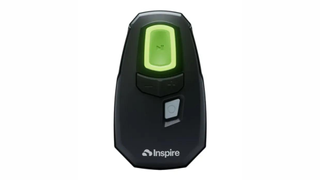
The Inspire implant delivers gentle pulses that move your tongue out of the way each time you take a breath, keeping your airway open while you sleep. When you're ready to sleep, you turn on the implant with the handheld remote. The Inspire app also tracks your sleep, allowing you to share data with your doctor.
It is a personalized process that involves the following steps:
- An initial questionnaire
- A consultation with an Inspire-trained doctor
- An airway exam
- An approximately 90-minute outpatient procedure to embed the implant
- Follow-up appointment where a doctor turns on your implant, teaches you how to operate the remote and walks you through a plan to help you get the right therapy level for you
- A sleep study to verify the therapy is meeting your sleep goals.
Who can try Inspire Sleep Apnea Therapy?
Inspire therapy qualifications require you to be age 18 or older, have a body mass index under 40, be diagnosed with moderate to severe OSA and have tried and struggled with CPAP masks.
People may have trouble using sleep apnea masks attached to CPAP machines for a number of reasons including the mask not fitting their face correctly, difficulty tolerating forced air and dryness in the nasal passages and mouth. These are the people who could potentially benefit from Inspire therapy.
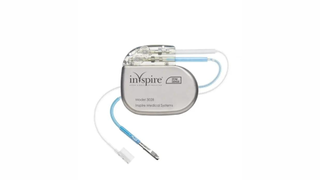
Dr. Chelsie Rohrscheib, sleep expert at Wesper home sleep apnea diagnostics company, says: "Approximately 40% of patients with sleep apnea are intolerant to using their CPAP, which means they find it very difficult to get used to using the therapy."
"These patients may benefit from other therapies such as Inspire, which is a device that is implanted in the chest wall, like a pacemaker, and delivers stimulation to the hypoglossal nerve in the throat. When the nerve is stimulated, it prevents the tongue from blocking the airways during sleep," she continues.
When initially enquiring after Inspire treatment, you will be asked about your obstructive sleep apnea diagnosis, your experience with other sleep apnea treatments (including CPAP machines) and your previous sleep studies.
Inspire Sleep Apnea Therapy: Pros and Cons
Inspire Sleep Apnea Therapy: Pros
- Personalized treatment
- High success rate
- Practical solution
One benefit of Inspire is that the treatment process involves doctors appointments, thorough examinations and follow-up checks, meaning you'll get personalized care. This is in contrast to other therapies, such as mouthguards for sleep apnea, which can involve over-the-counter treatments.
The results of Inspire Therapy speak for themselves. Out of over 75,000 Inspire patients, their patient outcomes show a 79% reduction in sleep apnea events and 91% of patients would recommend Inspire over CPAP according to Inspire's Patient Satisfaction survey.

Dr. Rohrscheib says: "Most people find Inspire to be easier to use and less invasive than CPAP. The other benefit is that, unlike CPAP, you do not need to maintain or clean your Inspire device, and you do not need to keep buying parts and materials."
Inspire Sleep Apnea Therapy: Cons
- It is not a lifelong resolution
- It leaves scars
- It is expensive
While the above factors might make Inspire seem like the obvious choice, there are some cons to consider. First, the implant battery is designed to last approximately 11 years, which means it will need to be replaced with another outpatient procedure.
Second, there is a risk of scarring, as each patient requires one incision under the chin and one below the collarbone. These incisions are typically small, however, with minimal scarring.
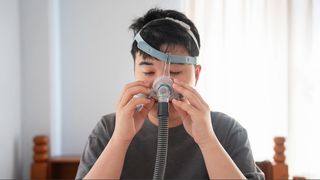
Finally, although most US medical insurers cover Inspire therapy, there are cheaper resolutions out there, particularly for those with mild sleep apnea (the AASM categories mild sleep apnea as five to 15 periods of stopped or shallow breathing for every hour of sleep). This includes lifestyle changes to treat sleep apnea, such as positional therapy and limiting alcohol intake.
How much does Inspire Sleep Apnea Therapy cost?
Inspire Sleep Apnea Therapy can rack up a bill of around $30,000 to $40,000. Fortunately, most US medical insurers – including Medicare, Veterans Affairs and major commercial carriers – cover Inspire Therapy.
Different plans can result in varying out-of-pocket expenses. But most patients benefit from the therapy with no, or low, personal expense.
Should you try Inspire Sleep Apnea Therapy?
Try Inspire Sleep Apnea Therapy if...
✅ You don’t get along with standard CPAP masks: 40% of patients with sleep apnea are intolerant to CPAP. As a mask-free solution, the implant cuts the annoyances of sleep apnea masks like discomfort and dry nasal passages.
✅You have moderate to severe OSA : Many people's lives are narrowed by OSA. Inspire testimonials have gone so far as to describe the treatment as “life-altering”, allowing people to reap the benefits of high quality sleep.
✅ You have OSA and want to travel: Sleep apnea masks are bulky and impractical in terms of travel. Inspire therapy is a practical treatment option for OSA sufferers who like to explore.
Don't try Inspire Sleep Apnea Therapy if...
❌ You have a high BMI: Inspire therapy has been clinically tested for people with a body mass index up to 40, while research indicates roughly 90% of US adults fall into this category, there are still some for whom Inspire isn't the right treatment. Dr. Rohrscheib also warns people with major chronic health conditions such as heart failure avoid Inspire therapy.
❌ You get on fine with CPAP: If you’ve avoided the common issues associated with sleep apnea masks and find this an effect OSA treatment, there will be no need for you to have the Inspire implant.
❌ You don’t like surgical procedures: Although the implant is said to feel like a mild muscle contraction and scarring is minimal, the implantation does involve general anesthesia along with incisions under the chin and below the collarbone.


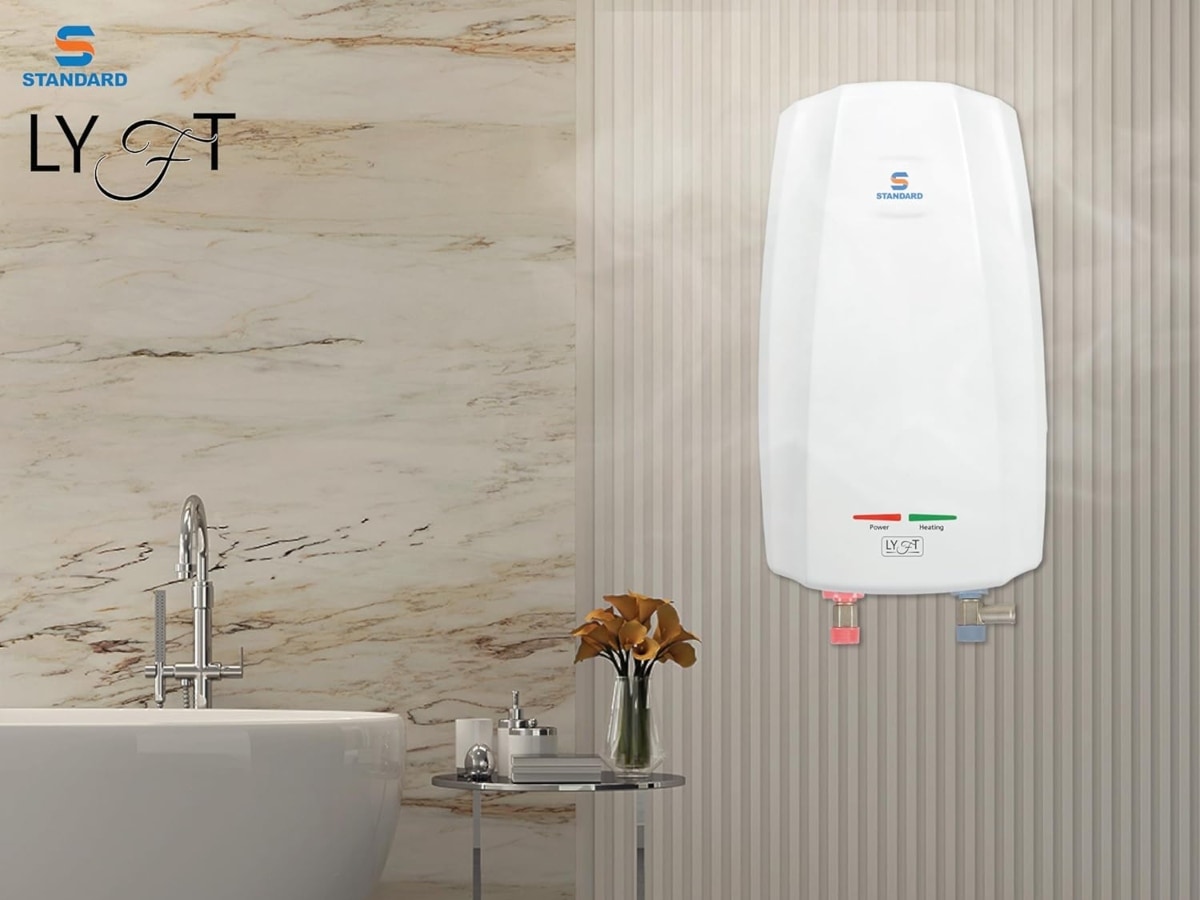


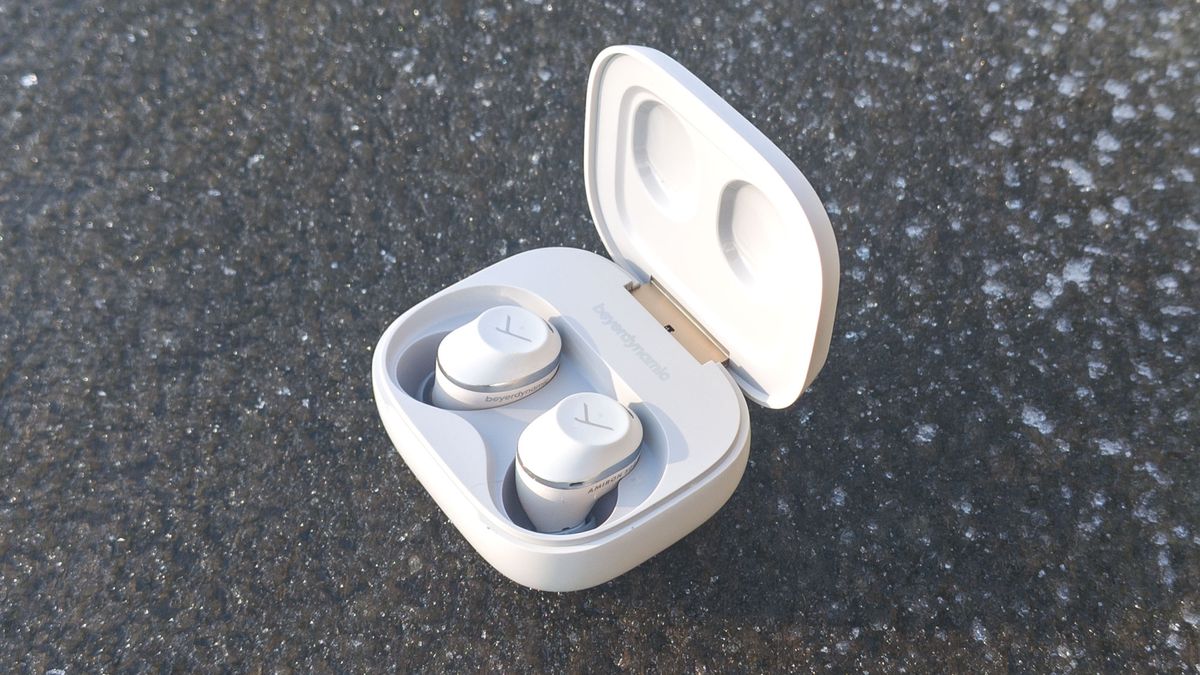

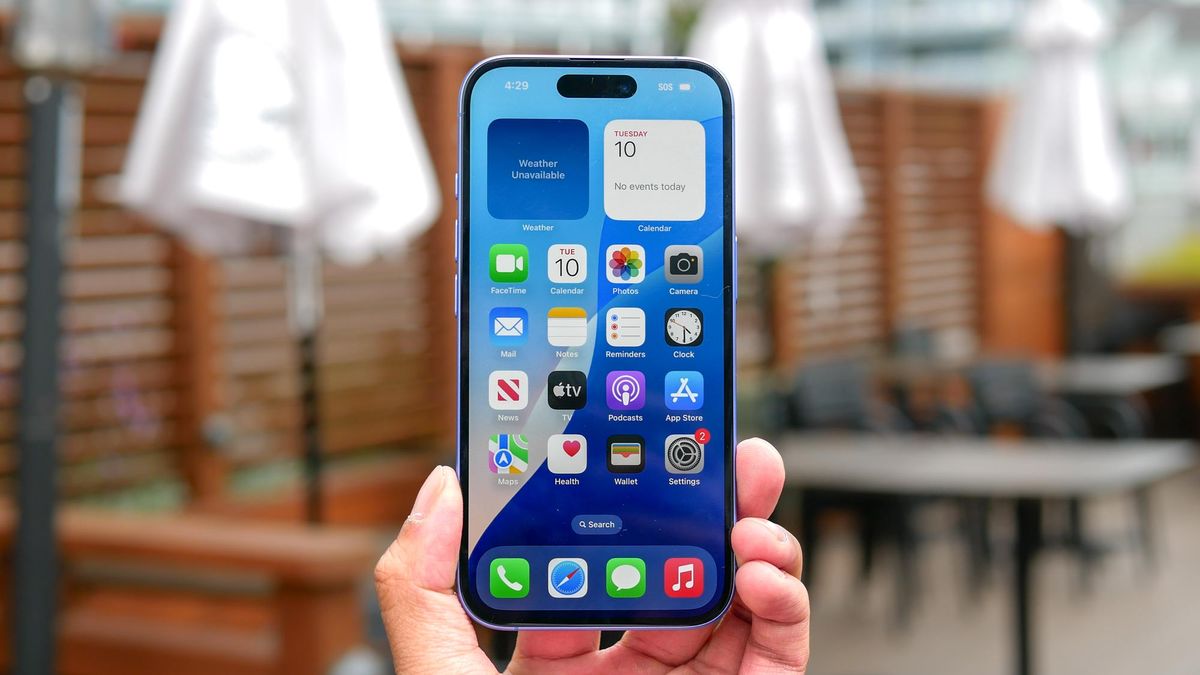












 English (US) ·
English (US) ·